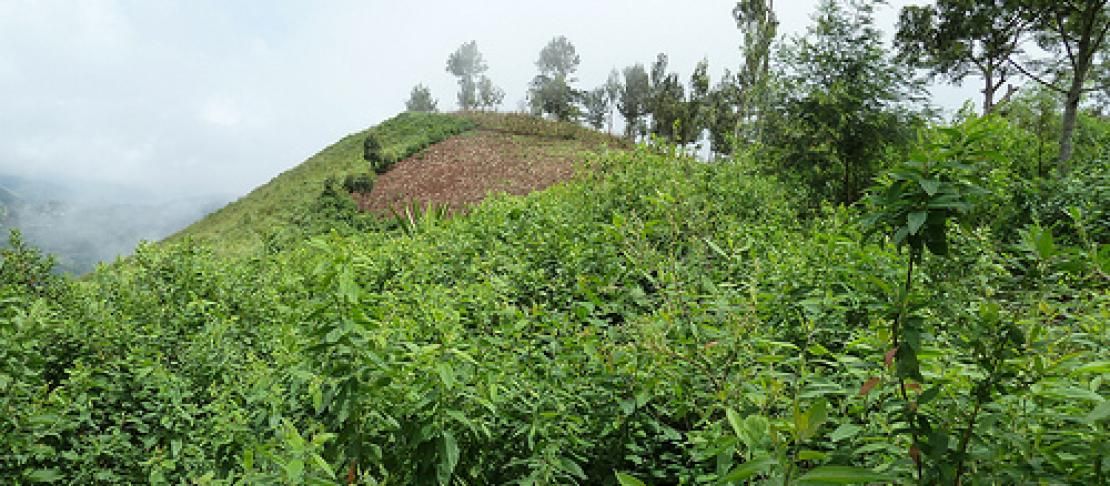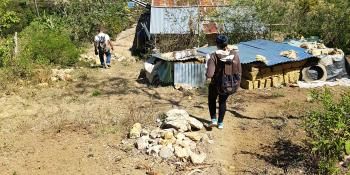Going global: promise and caution for mitigation on the land

by Sonja Vermeulen
Can agriculture contribute its share of emissions reductions without huge losses to the food security of poor people? A step closer to a useful answer comes in Global climate policy impacts on livestock, land use, livelihoods, and food security, by Alla Golub, Benjamin Henderson, Thomas Hertel, Pierre Gerber, Steven Rose and Brent Sohngen. Their approach provides an intriguing opportunity to investigate the interplay between climate change policies in forestry and those in agriculture.
The article investigates the possible outcomes of global policies for land-based mitigation. Specifically, the authors test how international policies to incentivize forest carbon sequestration and to tax emissions might, separately or together, affect emissions and household food security. Policies are modeled as payments to forest producers and taxes on emitters in all sectors, both at a rate of US$ 27 per tonne of CO2-equivalent – which is about triple the current price listed by the European Energy Exchange, but not unrealistic.
According to the model, land-based mitigation potential at this carbon price is impressive: six gigatonnes of CO2-equivalent per year, applying both forest incentives and emissions taxes. That equals all direct emissions from agriculture as estimated in the last IPCC report. Only 20% of land-based mitigation comes directly from agriculture, the remainder from forestry; thus the main contribution of agriculture to mitigation is its impact on the price of land for conserving forests, peatlands, grasslands and wetlands.
The central message of Golub and co-authors’ analysis is that exempting non-Annex I countries from global incentives for mitigation does not make sense in achieving land-based mitigation at the global scale. So far as trade barriers allow, agricultural production simply shifts from Annex-I to non-Annex I countries. The resulting “leakage” of agricultural emissions amounts to 55%, including both direct emissions from farming and indirect emissions from expansion of agricultural land. Truly global forest carbon sequestration incentives, in which no country is exempt, appear highly effective at stemming this leak.
Moreover, food security outcomes do not appear to be in conflict with a global mechanism. The authors’ general finding is that if forest sequestration incentives are implemented globally, landless farmworkers and urban households in non-Annex 1 countries experience mixed outcomes, at worst a 2.2% decline in household food consumption in South America, and at best a 1.8% rise in income in Southeast Asia. Refunding emissions taxes in non-Annex I countries minimizes negative impacts. Owners of farmland and farm assets improve both incomes and food consumption, by more than 10% in India and Sub-Saharan Africa, and over 30% in South America. The caveat is that poor people receive lower benefits, as they make up a large share of farm labour but a small share of farm ownership.
Tax refunds and incentives at global market rates sound expensive. Sure enough, the cost of global forest sequestration incentives is calculated as USD 100 billion per year. That is precisely how much Annex II countries have pledged to provide per year by 2020 for the entire Green Climate Fund.
Links
- Golub, A.A., Henderson, B.B., Hertel, T.W., Gerber, P.J., Rose, S.K., and Sohngen, B. 2012. Global climate policy impacts on livestock, land use, livelihoods, and food security.
- Smith, P., D. Martino, Z. Cai, D. Gwary, H. Janzen, P. Kumar, B. McCarl, S. Ogle, F. O’Mara, C. Rice, B. Scholes, O. Sirotenko. 2007. Agriculture. In Climate Change: Mitigation. Contribution of Working Group III to the Fourth Assessment Report of the Intergovernmental Panel on Climate Change [B. Metz, O.R. Davidson, P.R. Bosch, R. Dave, L.A. Meyer (eds), Cambridge University Press, Cambridge, United Kingdom and New York, NY, USA.
This is the February 2013 installation of AgClim Letters, a monthly e-bulletin on science and policy written by Sonja Vermeulen, Head of Research for CCAFS. Sign up to receive AgClim Letters bulletin and read past bulletins. Your comments are welcome below.



